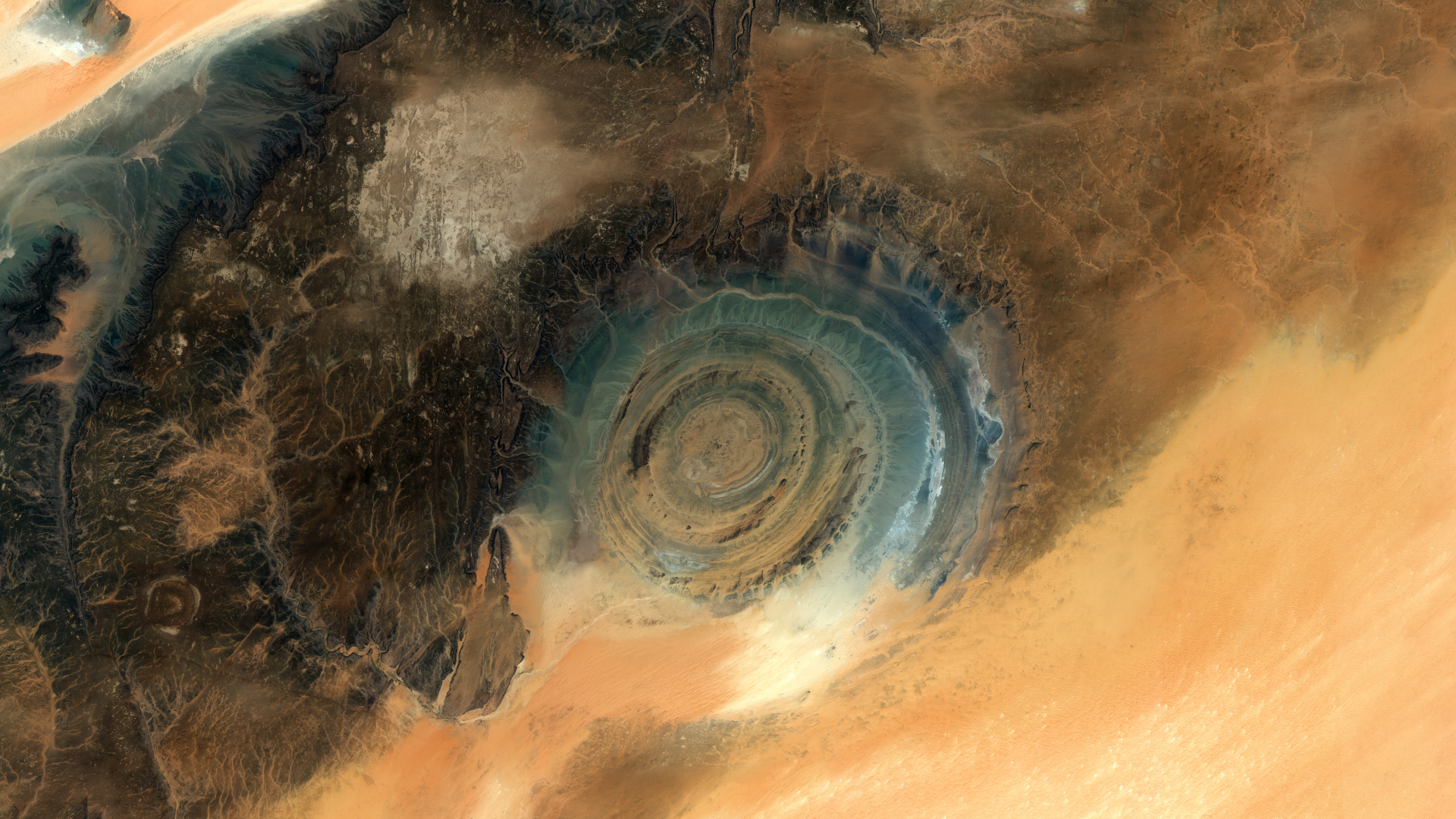China Says Work Under Way to Mitigate Space Junk
The Chinesegovernment is implementing a wide series of measures to reduce the amount ofdebris left in orbit by Chinese rockets and satellites, and to develop aspace-surveillance tool to determine what is in orbit, Chinese space-debrisexperts said.
Themeasures, some of which already have been put into place, include techniquesalready adopted by some other space powers to reorbit retired satellites out ofthe geostationary orbital arc and to render Chinese rocket upper stages passivein orbit by emptying their fuel tanks to prevent the threat of explosion anddebris propagation.
The Chinesegovernment has been a member of the 11-member Inter-Agency Space DebrisCoordination Committee (IADC) since the mid-1990s. But Chinese officialsconcede they have been slow in adopting debris-prevention or debris-mitigationmeasures.
China?sseriousness about space debris has been thrown into question since the Januarytest of a mobile ground-based Chinese missile that was used to intentionallydestroy a retired Chinese meteorological satellite, creating thousands ofpieces of orbital debris in a heavily used region of low Earth orbit.
The negativeglobal reaction to that event led China to cancel a scheduled April IADCmeeting in Bejing. The meeting was switched to July in Toulouse, France. Chinasent a full delegation to the meeting, which featured at least one bluntexchange between U.S. and Chinese delegates regarding January?s test of theanti-satellite missile.
Li Ming,who headed the Chinese delegation to IADC, declined to outline China?sspace-debris policy immediately after the Toulouse meeting. But in response to SpaceNews inquiries, in August he emailed a summary of China?s space-debrispolicies in reports written by him and by other Chinese space-debris experts.
?China hasmade a relatively late start in space debris research,? Li said in a preface tothe summary of the debris research. ?There is still an obvious gap betweenChina and other advanced countries in space debris-related technologies.?
Breaking space news, the latest updates on rocket launches, skywatching events and more!
China?sspace-debris research is based at the Purple Mountain Astronomical Observatory,a Chinese Academy of Sciences facility located in Nanjing and home to theCenter for Space Debris Observation and Research.
Li said thecenter and related institutes, working under China?s 11th Five-Year Plan from2006-2010, are working on four debris-related aspects:
- Space debris surveillance.
- Collision avoidance.
- Satellite debris protection.
- Debris mitigation.
Two opticaltelescopes, one a 25-inch (65-centimeter) fixed facility and the other a 10-inch(25-centimeter) car-mounted telescope, have been developed asspace-surveillance tools and have been used to time the launch of China?sastronaut-carrying capsules to avoid heavier concentrations of debris inlow-Earth orbit, Li said.
AHypervelocity Impact Center created by Harbin Institute of Technology has beencreated and tasked with developing technologies to shield spacecraft fromdebris.
Debrismitigation has been the focus of much IADC work to persuade space powers totake measures to reduce the debris-creatingpotential of their rocket upper stages and their satellites.
Li andZhang Wenxiang, a research fellow at the Xi?an Satellite Control Center, saidChinese Long March rockets?specifically the Long March (LM) 2C, LM 2D, LM 3, LM4B and LM 4C vehicles?either already have been fitted with propellant-ventingsystems or soon will be.
Li said theChina Academy of Launch Vehicle Technology has adopted propellant venting forthe LM-3A vehicle. Zhang said the propellant-venting design for the cryogenicupper stage of the LM-3 series, which carries heavy satellites intogeostationary transfer orbit, has been completed. ?We believe that in the nearfuture we may perform the post-mission passivation? for the upper stage, Zhangsaid.
Zhang alsosaid recent research has been focusing on ways to better estimate the amount offuel remaining in satellites so that they can be removed from their operationalorbits at the latest possible time, but early enough to be placed intoso-called graveyard orbits out of the main orbital traffic lanes.
Zhang saidthis kind of reorbit maneuver was performed for the first time on a geostationary-orbitChinese satellite in September 2006, on the FY-2B meteorological satellite.
In aseparate presentation, Zhang Ke, senior engineer at the Xi?an Satellite ControlCenter, said the FY-2B maneuver, which placed the now-retired satellite about25 miles (40 kilometers) above geostationary position, ?was not enough.? It indicates that we had developed the re-orbiting technology successfully.In the future, we will improve the estimation process and leave [sufficient]propellant to perform the operation.?
Li saidwork also has begun on using the remaining fuel in Chinese rocket upper stagesto send the stages back into the atmosphere to burn up.
ZhaoChangyin, a research fellow at the Purple Mountain Observatory, said China?sspace activities as of December 2006 had produced ?more than 300? pieces oforbital debris.
The U.S.Space Command?s Space Surveillance Network, in a catalogue dated July 4, saidChina-created debris numbered 2,296, behind the 4,281 pieces from Russia andother nations of the former Soviet Union, and 4,189 pieces for which U.S.launches are responsible. Space Command?s public catalogue lists only pieces ofdebris about four inches (10 centimeters) or larger.
- VIDEO: NASA's Shuttle Endeavour Foam Debris Damage
- Shenzhou Rising: Complete Coverage of China's Second Manned Spaceflight
- Special Report: Emerging China, Engaging China

Charles Q. Choi is a contributing writer for Space.com and Live Science. He covers all things human origins and astronomy as well as physics, animals and general science topics. Charles has a Master of Arts degree from the University of Missouri-Columbia, School of Journalism and a Bachelor of Arts degree from the University of South Florida. Charles has visited every continent on Earth, drinking rancid yak butter tea in Lhasa, snorkeling with sea lions in the Galapagos and even climbing an iceberg in Antarctica. Visit him at http://www.sciwriter.us
